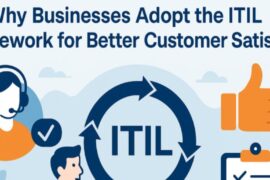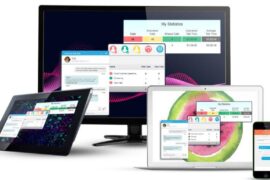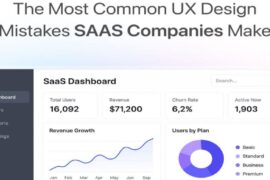Navigating the world of managed print services (MPS) can be overwhelming due to the myriad software options available. Businesses looking to streamline their printing operations often face the challenge of selecting the most suitable MPS software. However, this process can be simplified with a clear understanding of what makes MPS software exceptional and how to choose one that aligns perfectly with organizational needs.
This article explores the essential features and considerations distinguishing exceptional managed print services software. Whether you’re assessing scalability, evaluating user interfaces, or prioritizing data analytics, this guide provides a comprehensive overview to aid in selecting the best MPS software for your business needs.
Understanding Managed Print Services
Managed Print Services (MPS) involve an external provider’s comprehensive management of an organization’s printing requirements. This service encompasses hardware, software, and support to optimise these processes.
An effective MPS can deliver substantial cost savings, bolster security measures, and boost overall productivity within the organization. By outsourcing print management, businesses can focus more on their core activities while enjoying streamlined printing operations.
Key Features to Look For
When selecting MPS software, it’s crucial to consider features that align with your organization’s needs. Start by assessing the software’s ability to monitor and manage print devices effectively. Does it offer real-time monitoring?
Additionally, look for one that provides detailed reporting and analytics. Understanding your print usage patterns can help optimize resources and reduce waste. Robust security features are also non-negotiable. The software should protect sensitive data and ensure compliance with relevant regulations.
Ease of Integration
Seamless integration is vital for minimizing disruptions during implementation. The chosen one should work well with your current hardware, operating systems, and applications. Ask yourself if significant changes to your IT infrastructure will be required.
Choose software compatible with multiple devices and platforms to ensure flexibility and scalability. This compatibility will allow the MPS to adapt seamlessly as your organization expands. As your organization grows, the MPS can evolve without a complete overhaul.
User-Friendly Interface
An intuitive interface can make a substantial difference. The software must be intuitive and straightforward to navigate, even for those not technically inclined. Look for features like drag-and-drop functionality, customizable dashboards, and easy access to frequently used tools.
Consider the training requirements as well. Does the provider offer comprehensive training? Thorough training can significantly reduce the learning curve, enabling your team to adapt quickly. This helps ensure they fully leverage the software’s capabilities.
Cost Efficiency
Cost is consistently a crucial consideration. While choosing the least expensive option might be tempting, it’s essential to prioritize quality. Look at the total cost of ownership, including initial setup, ongoing maintenance, and any potential upgrade costs.
Subscription-based models are more economical for smaller businesses, while larger businesses benefit from a one-time purchase. Evaluate the software’s ROI by considering the cost savings it can generate through improved efficiency and reduced waste.
Scalability and Flexibility
Your organization’s needs will evolve, so choosing MPS software that can grow with you is crucial. Opt for modular software that allows you to add or remove features as required. This adaptability ensures the software stays relevant and valuable no matter how your organization changes.
As your business grows, scalable software can effectively meet the rising demands. By prioritizing flexibility, you ensure your technology adapts to future needs. This approach safeguards your investment and supports long-term success.
Customer Support and Reliability
Reliable customer support is a must. When issues arise, having access to prompt and effective support can prevent downtime and frustration. Consider the support options available. Does the provider offer 24/7 support?
Additionally, check the provider’s reputation for reliability. User reviews and testimonials can provide insights into the software’s performance and the provider’s responsiveness. Trustworthy support can significantly enhance your overall experience with the MPS software.
Trial Periods and Demos
Before committing, take advantage of trial periods and demos. These allow you to test the software in your environment and assess its suitability. During the trial, pay attention to its performance, ease of use, and the support provided.
Use this opportunity to involve various stakeholders in the evaluation process. Collect feedback from IT staff, end-users, and decision-makers to ensure the software meets everyone’s needs. Involving all stakeholders will aid in uncovering potential challenges and identifying opportunities for improvement.
Choosing the best-managed print services software is crucial for optimizing your organization’s printing operations. Focus on key features, ease of integration, user-friendliness, cost efficiency, scalability, and customer support to find a solution that fits your needs. Remember to leverage trial periods and demos to make an informed decision. With the right MPS software, you can streamline your printing processes, enhance security, and achieve significant cost savings.































